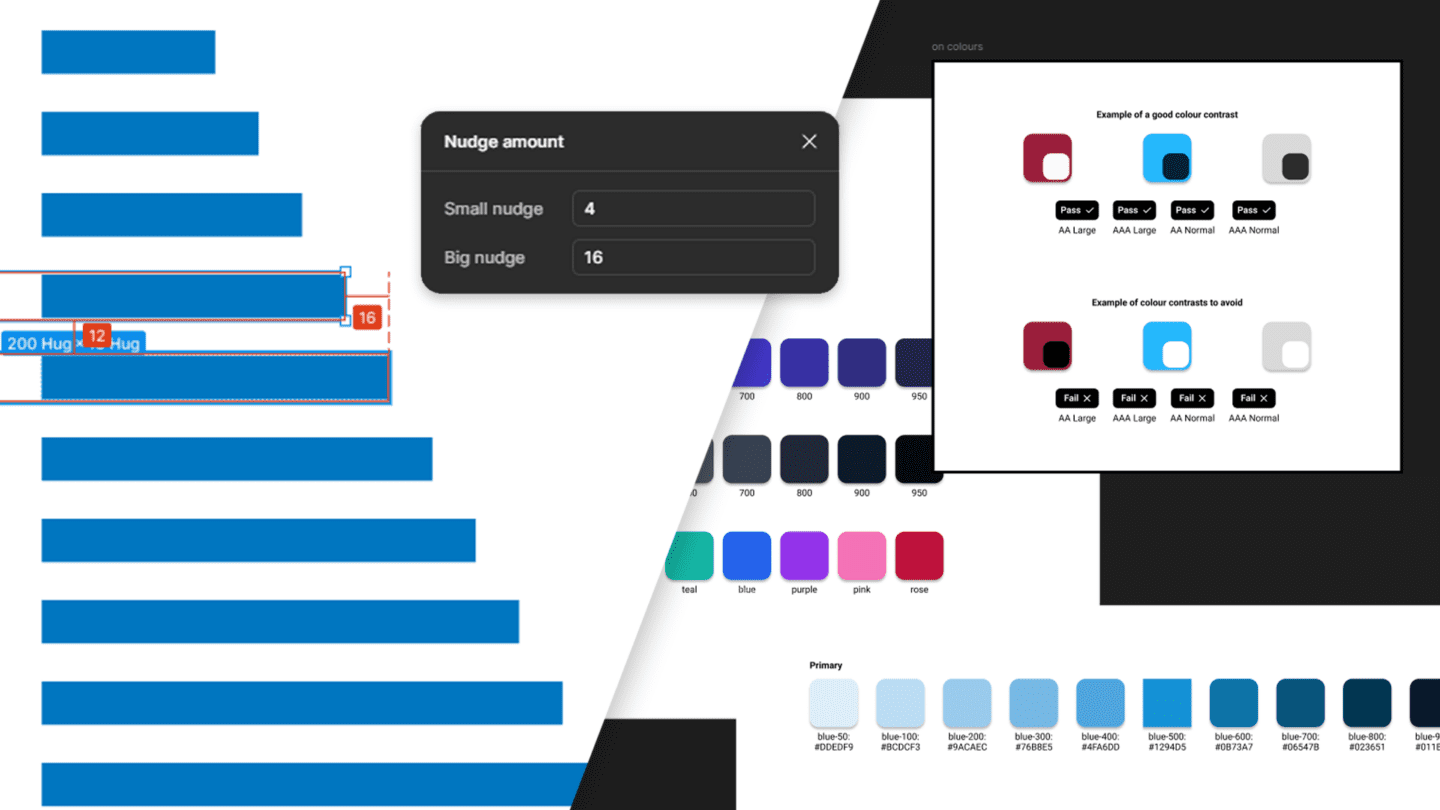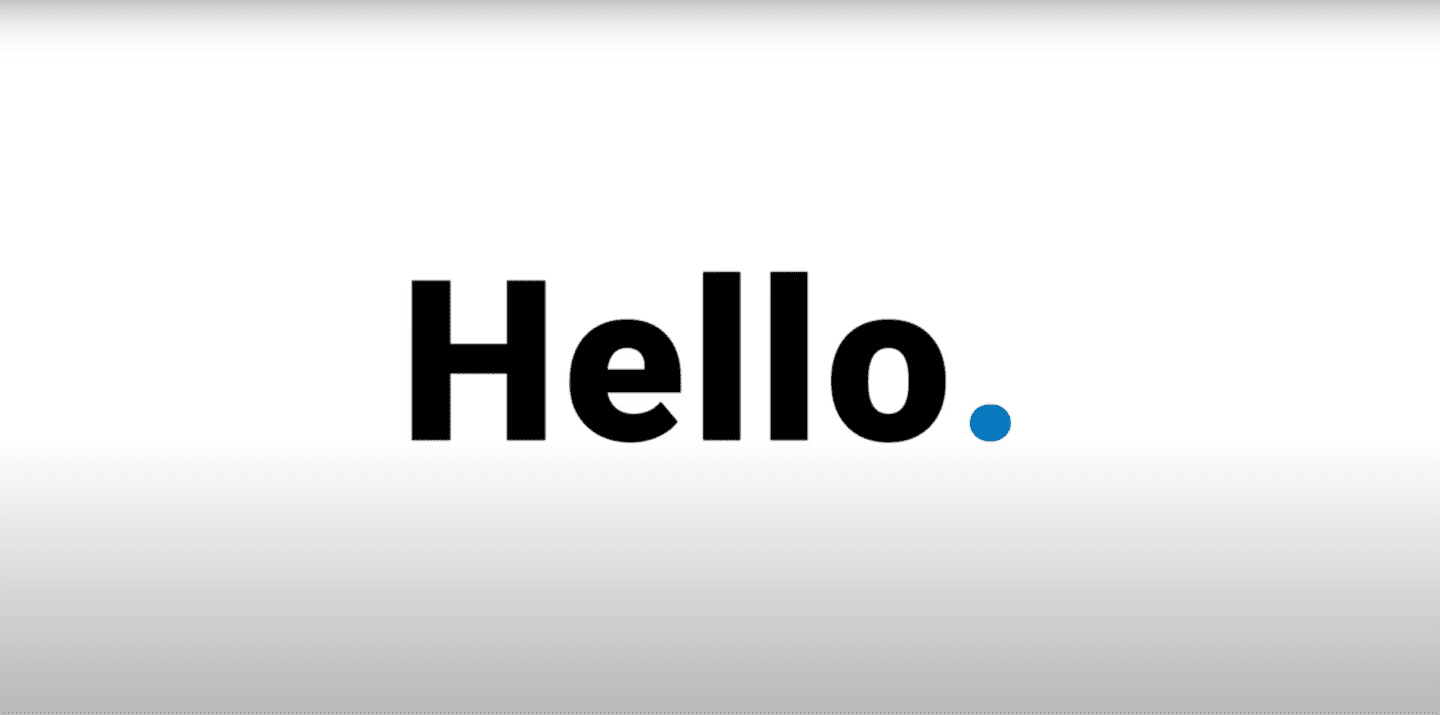The 17th of November officially marked my one-year anniversary at Border Crossing UX. As the Marketing Specialist here, my role did not require prior UX experience, though it did require an understanding of general user experience principles and many transferrable skills.
Through a previous Google UX Design Certification, I had gained a basic understanding of the UX field, and its importance to consumers and businesses. I had also learned about basic design principles and foundational concepts.
Through this course I also realised that UX has always been a part of how I have worked as a marketer – putting the target audience’s needs first. While the training had proven valuable in terms of a theoretical understanding, I found that without practical applications I did not feel qualified to work in UX. I also knew that as with my previous work experiences, on-the-job training and mentoring were invaluable.
So as a “non-UX” individual working in the UX industry, I wanted to share some of the top things I have learned during my year in UX that may be of use to others considering entering the industry.
UX vs UI
While User Experience (UX) and User Interface (UI) design play key roles in the product development lifecycle, they are often confused even in tech circles – which is even more confusing as the terms are sometimes used interchangeably. However, working with Border Crossing UX taught me that both do not always coexist, and good UI does not by nature mean great UX. A simple example of this would be a beautiful website that takes ages to load, where you must click through endless screens and overall is a pain to use. At the end of the day, it doesn’t matter how good a site looks if users simply don’t want to use it.
The practicality of UX Design Principles
Similar to the above point, I also learned that good UX means that the less you think about a site and its use, the better it is.
Due to my role as a marketer, I always perceived the highest value in the most innovative, flashy and trendy websites that distinguished a brand from competitors. And while there is space for beautiful design in User Experience, as this is also important to the experience, function comes first and knowing the user’s experience is our top priority.
Through our work at Border Crossing UX, I have now come to find that some of the greatest websites of all time are simply the ones you don’t have trouble using.
UX Expectation vs reality
Budget and time constraints mean working more creatively – which is very common in marketing planning as well. This is where you realise that a solid foundation will help you ensure resources are allocated correctly. For us at Border Crossing UX, this foundation is based on our principle approach of allocating more time and resources to the Define and Discovery stage to ensure that teams can avoid wastage moving forward.
Many people don’t fully understand UX and what it means
As a Marketing Specialist, I find this problem the most difficult to solve. How do we promote our services when there is a general misunderstanding around UX and what it is.
While UX continues to receive more and more attention and mentions over the last few years, many companies still don’t understand how to implement changes that improve their user experience – while many executives see UX as being design-driven when really it covers so much more.
Research: Stakeholder Profiling, Personas and reports
Who knew my curiosity had a title?
What I found most useful was the structuring of the research and how we put everything together to tell a story. Most of the secondary research we conduct can be found in open sources. It is, however, the gathering of this information in a way that tells a story that makes it easy to digest and memorable.
I have learned that the more we spend in the Define and Discover stages, the stronger the outcomes will be. Similar to the Pareto principle (also known as the 80/20 rule) that states that about 80% of outcomes are generated by 20% of causes – therefore being able to identify the greatest causes of pain or gain can help us achieve much better results that if we just move forward with assumptions, prior learnings or gut-instincts.
Real-World User Experience
Another valuable understanding I have gained has been the importance of understanding how the user experience transcends our screens and technologies and has always been rooted in the real world. Whether you are shopping for jeans at John Lewis or trying to find your car in the St James Quarter parking lot, carefully considered details will help you move seamlessly through an experience.
Since starting at Border Crossing UX, I have gained a new appreciation for these small details and how they can delight or create a sense of familiarity for the user.
Agile working
While I was fully aware of the term “Agile” and its overall manifesto, my work and training here have shown me what working in a fully agile way can really mean. My previous work in humanitarian project management had always been traditionally waterfall, with projects moving forward in very linear patterns.
While stakeholder feedback was established at certain checkpoints through Monitoring & Evaluation teams, these usually alerted to problems that had come and passed and therefore could lead to serious impacts that were hard to remedy.
I had previously assumed that Agile was simply a set of methodologies meant for software development, though I quickly learned that these principles were applicable to all manners of work, management, and also marketing. When establishing and scheduling marketing campaigns, I have found that frequent iterations with continuous feedback make for the most effective campaigns, since these take into consideration ever-evolving social trends and encourage experimentation to find what works best. Most importantly, it is through these practices that I have learned that taking a user-centred approach to marketing (over a sales-led approach) creates the best value and highest quality content.
My personal user experience as an employee of BC UX
When I first started working at Border Crossing UX, we were quite a small core team and I have been lucky enough to be a part of the company’s growth. I have always been a firm believer in companies promoting personality over skills and a positive culture over flashy benefits. I have realised that for us it’s not really about the company and the brand, but rather our people and the skills we bring to the table.
Not only have I thrived in an environment which promotes inclusivity, growth and collaboration, but I have also felt genuine pride in being a member of a team that manifests and shares a set of values and principles that we are collectively and continuously working towards a common goal.


